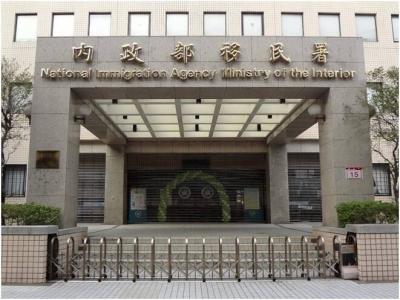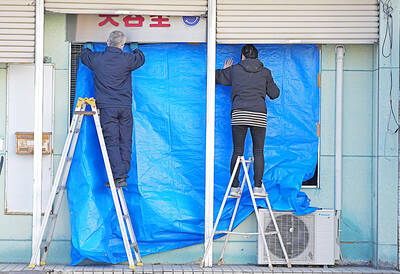A Taiwanese newspaper reported yesterday that the US would sell Taiwan two warships, a move that would almost certainly anger China and further undermine Beijing’s already tense relations with Washington.
The report by the Chinese-language Apple Daily quotes an unnamed Taiwanese senior officer as saying that the US Navy would sell Taiwan two Perry-class frigates, about to be decommissioned, for US$20 million each.
The ships’ sale would be formally approved by the US State Department late this year or early next year, the paper quoted the officer as saying.
The Ministry of National Defense declined to comment on the report and a spokeswoman at the American Institute in Taiwan said she was not aware of it.
Any new sale of US military hardware to Taiwan could be expected to incense China.
Perry-class frigates were designed in the US in the 1970s. They can be used to launch marine patrol helicopters. China’s submarine deployment in the 160km-wide Taiwan Strait is a major Taiwanese concern.
Taiwan’s Navy already operates eight frigates and has launched a five-year buildup starting in 2008, a Navy spokesman said. Taiwanese media have said the planned buildup includes eight conventional submarines, as well as an undisclosed number of frigates and guided-missile patrol boats.
Washington in January announced a weapons package for Taiwan that includes Patriot missiles, Black Hawk helicopters and equipment for Taiwan’s F-16 fighter jets, but no submarines or new fighter aircraft.

A small number of Taiwanese this year lost their citizenship rights after traveling in China and obtaining a one-time Chinese passport to cross the border into Russia, a source said today. The people signed up through Chinese travel agencies for tours of neighboring Russia with companies claiming they could obtain Russian visas and fast-track border clearance, the source said on condition of anonymity. The travelers were actually issued one-time-use Chinese passports, they said. Taiwanese are prohibited from holding a Chinese passport or household registration. If found to have a Chinese ID, they may lose their resident status under Article 9-1

Taiwanese were praised for their composure after a video filmed by Taiwanese tourists capturing the moment a magnitude 7.5 earthquake struck Japan’s Aomori Prefecture went viral on social media. The video shows a hotel room shaking violently amid Monday’s quake, with objects falling to the ground. Two Taiwanese began filming with their mobile phones, while two others held the sides of a TV to prevent it from falling. When the shaking stopped, the pair calmly took down the TV and laid it flat on a tatami mat, the video shows. The video also captured the group talking about the safety of their companions bathing

PROBLEMATIC APP: Citing more than 1,000 fraud cases, the government is taking the app down for a year, but opposition voices are calling it censorship Chinese Nationalist Party (KMT) Chairwoman Cheng Li-wun (鄭麗文) yesterday decried a government plan to suspend access to Chinese social media platform Xiaohongshu (小紅書) for one year as censorship, while the Presidential Office backed the plan. The Ministry of the Interior on Thursday cited security risks and accusations that the Instagram-like app, known as Rednote in English, had figured in more than 1,700 fraud cases since last year. The company, which has about 3 million users in Taiwan, has not yet responded to requests for comment. “Many people online are already asking ‘How to climb over the firewall to access Xiaohongshu,’” Cheng posted on

A classified Pentagon-produced, multiyear assessment — the Overmatch brief — highlighted unreported Chinese capabilities to destroy US military assets and identified US supply chain choke points, painting a disturbing picture of waning US military might, a New York Times editorial published on Monday said. US Secretary of Defense Pete Hegseth’s comments in November last year that “we lose every time” in Pentagon-conducted war games pitting the US against China further highlighted the uncertainty about the US’ capability to intervene in the event of a Chinese invasion of Taiwan. “It shows the Pentagon’s overreliance on expensive, vulnerable weapons as adversaries field cheap, technologically